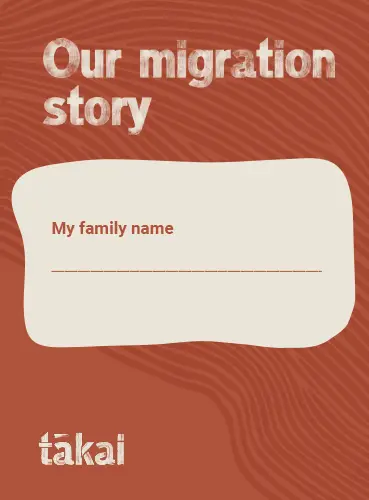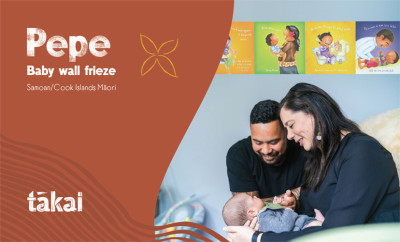
Talanoa about your family’s migration
While a migration story may seem like a simple family conversation and activity, it’s actually complex, important learning that's incredibly beneficial for children and their wellbeing.
Migration stories connect children to their culture, ancestors and history, strengthening their unique identity and self-image. Through making these connections, family migration stories support child wellbeing.
Supporting wellbeing and learning
Migration stories support wellbeing in many ways, including:
- They support tamariki with a sense of belonging by connecting them to their family and culture.
- Learning about their family’s migration story instils cultural pride and boosts children’s self-esteem. Knowing their unique identity means they're more likely to have a strong sense of self-worth.
- Exploring and understanding the challenges, sacrifices, and triumphs of their family provides a deeper understanding of their family’s resilience, and interestingly this knowledge can support children with their own challenges. This can include seeking help from their family knowing they are a support network and provide security and stability.
Beyond this, their migration story holds many learning opportunities – listening to the stories, the language, writing words or drawing pictures and asking questions, all support what they’re also learning at preschool and school.
Conversation ideas
Do you know your family migration story?
Could you share this with me?
Who else in your family could share this story or extend this story with you and your children?
How does it feel when you think about your family’s journey here?
What is important about your Pacific culture that you want your children to know and continue?
 pdf 4.7 MB
pdf 4.7 MB











